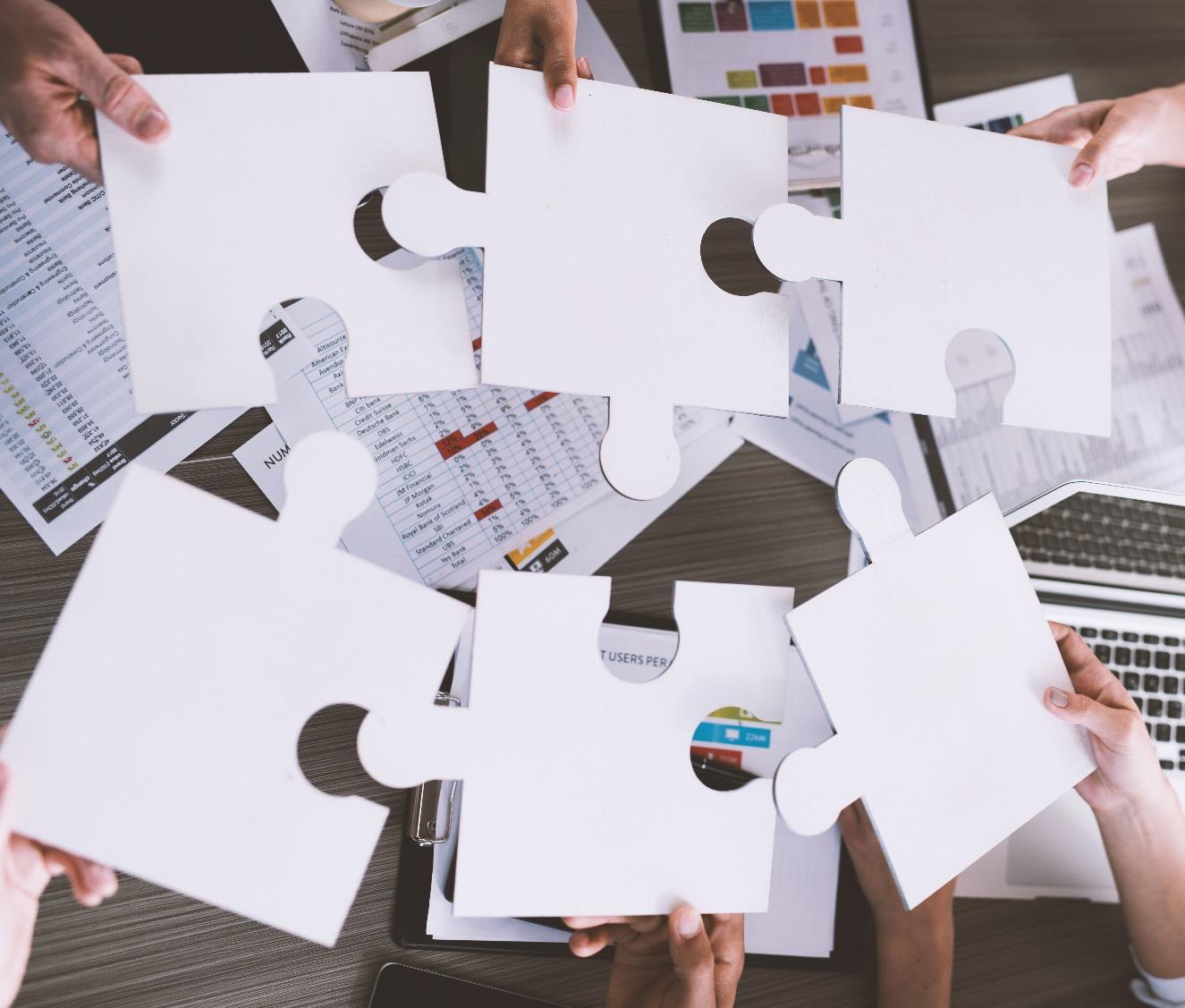How To Reduce Employee Churn
How To Reduce Employee Churn
Make Sure You Hire The Right People
First things first, keeping great employees starts with hiring great employees. You are likely to hire employees who have strong skills which match your open position, that much is obvious. But, how well do your employees fit in with your business’s culture?
Assessing culture fit starts with values as demonstrated by day-to-day behavior. Behavioral interviews and assessment centers, when done well, can help you find out how potential candidates react in certain situations. The trick is designing the questions and assessment to probe for the behaviors that can potentially derail a new employee. For example, if you’re workplace expects people to be polite, friendly and collegial, a new person with an assertive interpersonal style is probably not going to last long. Existing employees won’t want to work with them and are less likely to provide the guidance and support required to be successful in their new position. Similarly, the new employee is going to be frustrated with their inability to fit in. Eventually, they will either leave the company voluntarily or you will be forced to let them go.
When hiring for cultural-fit, you should also try and value the diversity of thought as much as possible. Diversity of thought doesn’t, however, mean that you should try and hire people who are as different as possible in every respect. Your employees should all value the same sorts of things, and they should all understand and appreciate the company’s unifying purpose. But they should approach the company’s purpose from differing points of view. Different people, with shared values, working toward the same goal — that’s the key.
Make The First Three Months Count
You need to make the first 90 days of employment count by onboarding new people so they truly understand the company’s culture. Not only will this help them to become productive quickly, but it also minimizes the risk they will step on ‘cultural landmines’. Cultural landmines are behavior expectations laden with value judgments. When a new person does something contrary to these expectations, they are judged negatively and labeled. For example, there are companies that always start meetings 10 minutes earlier than the posted time- how would a new hire know something like that? In this case, showing up on time means they are late and risk being labeled as disrespectful of others. Internal, cultural information like this needs to be explicitly conveyed to new hires during the onboarding process!
Effective onboarding starts with knowing your culture and its potential landmines then making these an explicit part of your onboarding process. This can be done via mentorship programs and, of course, by actually working with new hires to help them understand what sorts of behaviors are acceptable and what aren’t.
Provide Something Other Companies Can’t
One of the best ways to attract and retain top talent is to give them something they value and something other companies, not just your competitors, can’t. We’ve found that three things can help you stand out:
- The Power of Relationships – People stay because they like and respect the people they work with. This goes back to hiring for culture fit but also consider the potential of ‘people follow respected colleagues’. When hiring, tap into the network of your top talent in the area where you need new employees. Do they know people who would be a good fit for the company? After you hire, actively involve your sources on the onboarding process and make sure to design work with relationships as well as expertise in mind.
- Trust and Respect – Presumably, you hire good talent – let them do their jobs. The number one complaint we hear is managers don’t trust people and micro-manage. Remember that you, as a leader, need to let people know what needs to be done, but you shouldn’t tell them how to do it – that’s micromanaging – and high-achieving employees hate being micromanaged. They want and expect to be able to make decisions, experiment and make mistakes knowing you have their back and will support them. They also expect you will trust them to make the best use of their time so long as they get the required results. This includes giving them flexibility with respect to where and when they work.
- Leading Edge, Interesting and Challenging Work – We interviewed engineers working at a Security company (think building security systems) who left Google, Amazon, and Yahoo for the opportunity to work here. Why? The physical work environment was anything but fun and sexy with few perks. In fact, the engineers said this wasn’t important. They expected basics like decent coffee, free water and access to healthy food but that’s it. The reason they came was the chance to work on an exciting project employing new, leading-edge technology. In some cases, they were doing this at their former company but the difference was the scope of their role. They were given the opportunity to be part of a team playing an important role in something big. They had a direct line of sight as to how their work affected the whole project making it clear how they were making a difference. This was in stark contrast to past roles where they felt like small cogs in the corporate machine.
Provide a Positive, People-Centric Workplace
At the same time, reducing employee churn requires that you create a workplace that people look forward to coming to every day. They feel a sense of connection to you, their co-workers and even the company. They enjoy their work and feel valued and appreciated
- Get to Know Your Employees – Employees are more likely to stay when they feel personally valued. This means that you and others know them on a personal level and support and encourage them during good and bad times. Little things like a birthday card or an offer of assistance when the person is struggling demonstrate that you care. A little effort can reap major rewards in terms of performance and retention.
- Show Your Appreciation – Your employees need encouragement and recognition. When employees do something right, show your appreciation. When they finish a large, difficult project or submit a project before the deadline, congratulate them. Show them that you see their hard work. Now, don’t feel like you have to shower employees with praise for everything they do. You don’t have to praise employees for small, everyday tasks. But, when employees truly do something worth congratulations, give it.
- Allow Flexible Working Arrangements – If it’s possible, allow flexible work schedules. Flexible work schedules let employees adjust their work time and location. Employees can create a work-life balance for themselves. Your workers can pursue things beyond work, go to appointments, and take care of their families.
- Talk to Your Employees About Their Future – If employees stay stagnate in one job for too long, they might search for another job where they can advance. Most employees want to increase their skills and knowledge and move up the career ladder. Showing employees a projected career path gives them a sense of direction and purpose.
Employee churn is not about making people happy, it’s about providing them a better opportunity than the next company. Employee happiness is a great indirect goal, but opportunity is what matters most, opportunity is what stops people from leaving.
If you need help improving your company’s culture by reducing employee churn, check out our cultural products and services at Culture-Strategy Fit today!










